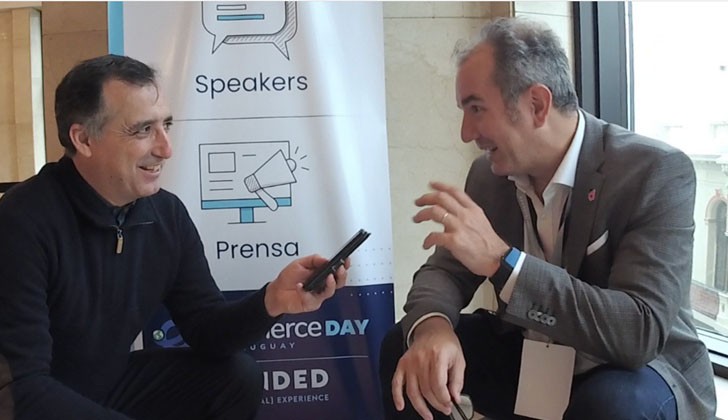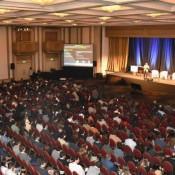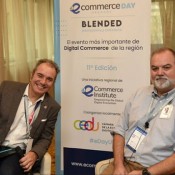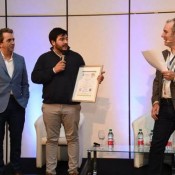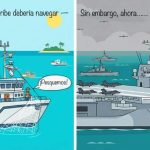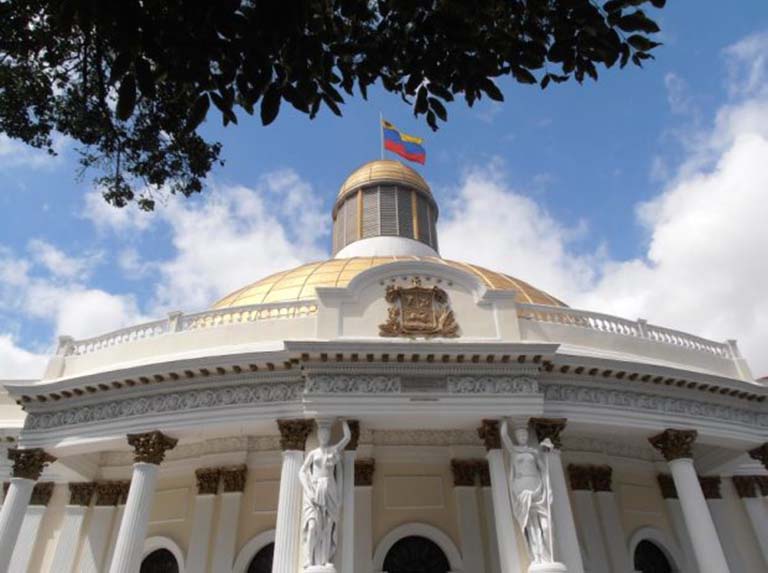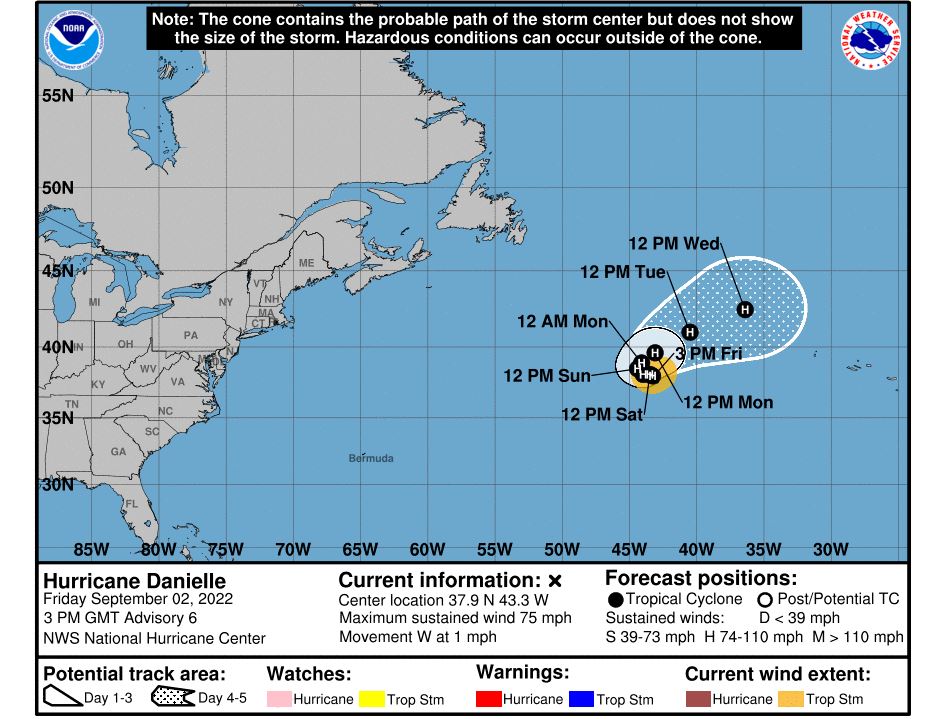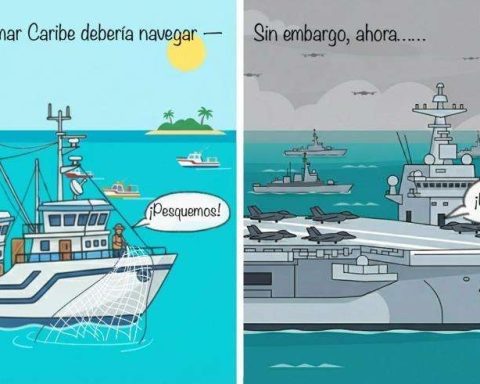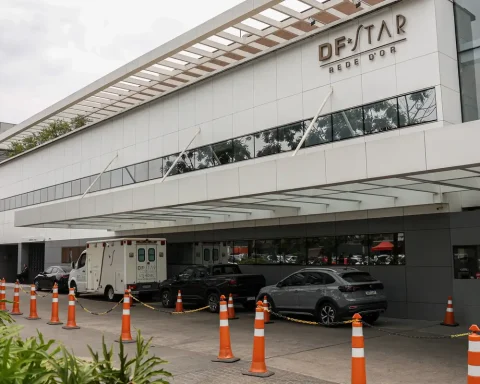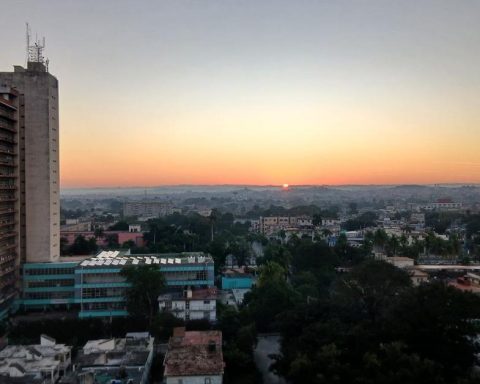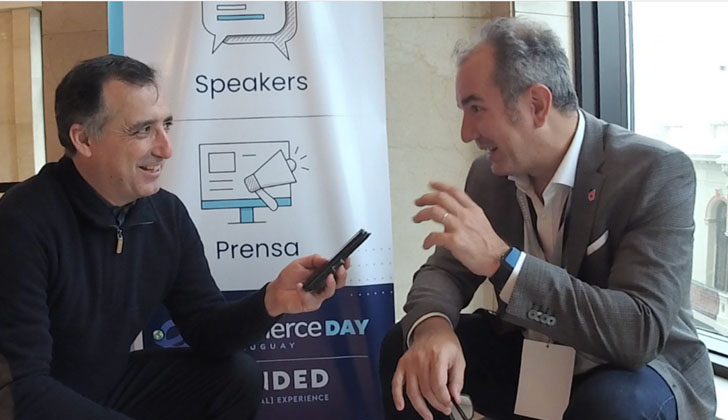
A few days ago, a new eCommerce Day Uruguay was held in Montevideo -the most important Digital Commerce meeting in Latin America-, a regional initiative of the eCommerce Institute in conjunction with the Chamber of the Digital Economy of Uruguay.
LARED21 spoke with the entrepreneur, businessman and specialist in digital economy, Marcos Pueyrredón, who made a detailed balance of digital commerce before, during and after the pandemic, and remarked that Uruguay is already a “mature ecosystem”.
–What evaluation can you make of this new eCommerce Day?, after two years in which it could not be carried out in person, as a result of the pandemic.
-First, we will have to change its name, because talking about eCommerce is already vintage (old), because in this acceleration that we had in this “Ac-Dc squared” (before, during and after Covid-19), eCommerce evolved so much and is part of our habits. Deep down, in all our dimensions, we all evolved, because a change of habit takes three weeks and we had two years in which, depending on the country, the block down, the total, partial or social quarantines, were very long and hard, and thanks to these new habits that we incorporate in all our dimensions: work, business, personal life, education, they allowed us to continue what we had been doing for traditional channels were passing to digital channels, in which we began to carry out electronic, digital commerce, almost without realizing it. It allowed us the continuity of our businesses. If we were an SME, company or entrepreneur and we had our stores closed, or customers at home who didn’t want to go out, we had to sell through digital channels and we all made friends with mobile devices.
These interfaces (smartphones) are an extension of our body. There is no age range that does not know how to use it, everyone can send from a WhatsApp, to use other types of applications, content and experiences. Ultimately, what we do is satisfy the demand for a product or service.
The important thing is to know that Electronic commerce allows us to satisfy the demand for a product or service in the same way or better than through traditional channels. It is basically commerce and the only thing we are using are digital channels, points of sale and contact points that use the digital part, which can be: a WhatsApp, a social network, an online store, a Marketplace like Ta-Ta or Mercado Libre .
Before, we used to go to the store and we had to buy, manage ourselves, pick up the product, go to the checkout and pay for it. Today we can buy it in another way, but we receive the same product or the same service in our home.
-But is it valid for any type of product?
-Almost all kinds of products.
– A car, for example?
-Today we have CarOne and many companies like Tesla, the best known, that do not have dealer, They do not have dealers, they sell directly to the public online. Someone may say, but not everyone buys Tesla, but all other companies are going towards it.
You have to understand that in the journeythe journey that the consumer has to make to satisfy the demand for a product or service, is using a digital medium. For example, when we use Google Maps to go to a restaurant, or choose a place to buy a product, we are using a digital medium; that is, we make the decision to buy through a digital medium and that retail, local, brand or entrepreneur, if he had not been there, he might not be chosen. That’s the most shocking thing, because the consumer was empowered. Today, no one thinks of going anywhere with the physical guide. It is something that we already have fully incorporated and consumers are increasingly going to incorporate it in a simpler way.
The challenge is that supply. The entrepreneur, the company, have to solve something very complex in a very simple way. For example: in Uruguay, with less than 4 million inhabitants, OrdensYa sells more than one million orders per month, so it has more than dark store (Operating warehouse closed to the public). We are talking about what is possible, with all the complexity that we have in Uruguay and Latin America, and that is part of the maturity of the ecosystem and the consumer.
-Did the pandemic generate new customs, new habits in buyers?
-Yes, it generated new habits, it empowered him, but it generated new value chains. The offer had to be adapted. In Paraguay they say that “an entrepreneur or company that does not move is a portfolio”, like a crocodile that does not move becomes a portfolio. Digital Darwinism is to quickly adapt to the consumer. Before the concept was how to survive, an entrepreneur and a brand. If it adapts to the new consumer, that new consumer is setting a pattern.
– And the new technologies managed to offer those answers?
-Today nobody has an analog telephone, the one that had it broke or had to be replaced, because it did not offer all the possibilities that the Smartphone. Now 5G technology is a hundred times faster than 4G. We are going to have all the processing and storage capacity that we have in the super pocket computer (which is the cell phone) in the cloud and within two world championships, the iPhone will be discontinued. Apple established that in 2030 the IPhone will stop being manufactured and will be replaced. Those 1.8 billion “iPhone-fans” are going to have a device that will be similar to a glasses with augmented reality and voice recognition. That will totally change the game, because everything will be easier.
-That device of the future will be like being able to experiment with the product?
-It will bring the “immersive” experience. I mean, I put on those glasses and I’ll know who the person I’m talking to is and when was the last time I saw them. I am going to see the food and I will be able to know if it has gluten or not, because it will give me artificial intelligence, I am going to ask my Alexa to listen to my Siri, or any other virtual assistant, who will be giving me instructions on what I ask .
Today we write an address in Google Maps so that it tells us how to go and get to a place. In the future we will only have to say what we want to do or where we want to go and those glasses will show us different options. The interfaces will be simpler. But there will always be an interface, let’s remember when we went from the blackberry to the touch screen, that was a very important cultural change and it took five years or a little more. Smartphones fell in price and when they began to be more accessible, they became a common denominator and will undergo a process of technological replacement or adaptation. But the glasses will be much cheaper than the Smartphone, because the microprocessor, the storage capacity and the screen are very expensive. What is coming will be all cheaper, because everything will be in a cloud. So, it will democratize and it will be simpler, because it will be more usable than the current device by which today we have all become typists, things that are from prehistory.
-What figures are there regarding sales in Uruguay in the pandemic and in the post-pandemic?
–According to a CEDU study, just to give you an idea, in the Cyber Monday Cyber Monday, in the three days, almost 100 million dollars were moved. If we multiply that by 15, we compare it with Argentina, it is as if some 1,500 million dollars had been sold in three days. Currently, Cyber Monday, well managed, becomes the days with the highest turnover in the history of the ritail or entrepreneur or brand, because it’s like Christmas day.
You have to understand that digital channels came to be a part of all total sales. In some cases the online sale is one hundred percent of the sale, because they do not sell elsewhere, in other cases not yet, but the one with a physical presence is usually the best store and will grow more and more. But in 2024 for America, it will reach 30%.
-How is Uruguay compared to Latin America?
-If we talk about a million orders with OrdenesYa, I can say that it is a mature ecosystem. Mercado Libre has almost 80% of the orders delivered on the same day or the next day. The one who does not do digital commerce, electronic commerce, is because he does not want to. But, the challenge is human capital, because it is achievement and mainly change. If it is a venture or a company that has been working for 20 or 30 years and always selling the same thing, this is annoying, because it has to change the whole way of working since it has other processes, because it is not the same to open a store at 8 a.m. and close at 9 p.m.
The customer went to the store, took the product, went to the checkout and paid for it. Now all that self-management that the client carried out has to be done by the seller. There are other processes, but behind the screen of any type of device or interface there is a flesh and blood customer who wants to satisfy the demand for a product and that demand is satisfied by an entrepreneur or a company.
How does everything related to the Big Data?
-Today is the new oil. If before the business behind the business was personal credit, now it is the data and the most important thing we have to take into account is that if we know how to use it, it is like distilling oil. We always had the data now we can execute it, we can transform it.
And artificial intelligence…?
It comes from the data that we have been talking about, the new oil, but in order to distill that oil, execute it and customize it, you need to use mathematical concepts, which are: algorithms, regressions, and to perform these calculations, an artificial intelligence is used that allows you to , for example, having Siri, Alexa, Google Home, or the assistant, with which you can talk and learn as you interact, generating experience, more information and allowing predictive marketing with those algorithms and regressions Know what the customer is going to want. If artificial intelligence is then applied to it, it is constantly automated and exponential.
-Thank you for your time with LARED21.
-Thank you for sharing.
